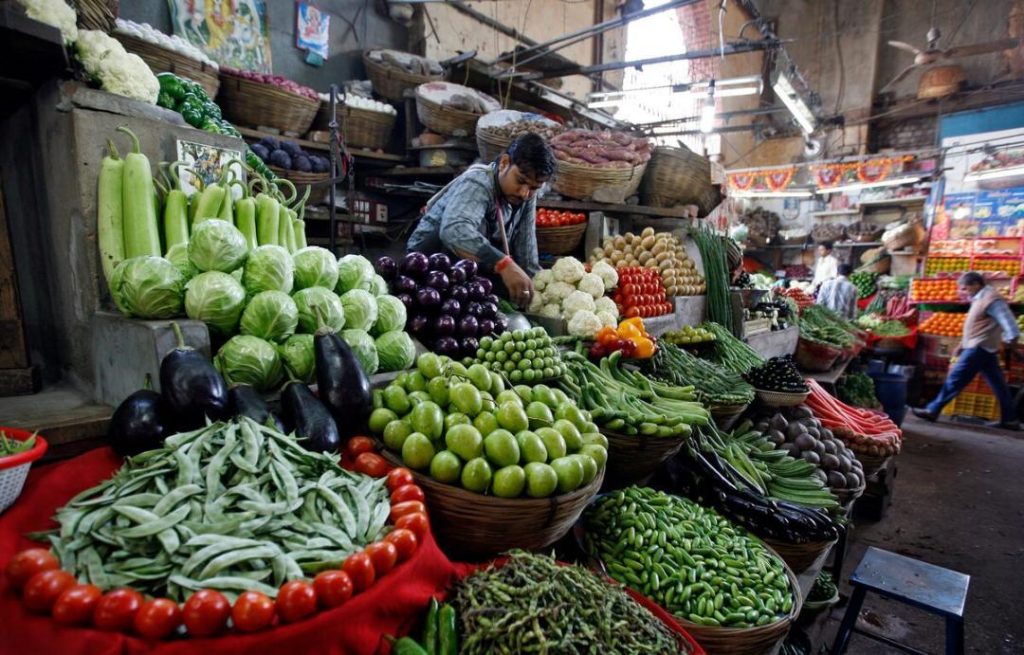
Which items saw highest & lowest inflation in January?
The inflation rate is a crucial indicator of a country’s economic health. It measures the rate of change in the general price level of goods and services in an economy over a specific period of time. In India, the Consumer Price Index (CPI) is the most widely used measure of inflation. In January 2025, the all-India CPI inflation rate stood at 6.5%, which is a significant concern for policymakers and consumers alike. In this blog post, we will explore the top five items that saw the highest year-on-year inflation in January 2025, as well as the key items that experienced the lowest year-on-year inflation during the same period.
Highest Inflation Items:
According to data from the Indian government, the top five items showing the highest year-on-year inflation at the all-India level in January 2025 are:
- Coconut oil (54.20%): Coconut oil prices have been on a consistent upward trend over the past year, driven by strong demand and supply constraints. The high inflation rate in coconut oil is a result of the increasing cost of production, transportation, and marketing.
- Potato (49.61%): Potato prices have been volatile in recent months, driven by factors such as weather conditions, crop yields, and supply chain disruptions. The high inflation rate in potatoes is a result of the combination of these factors, which have led to a shortage of potatoes in the market.
- Coconut (38.71%): Coconut prices have also been rising steadily over the past year, driven by strong demand from the food processing industry and increasing costs of production. The high inflation rate in coconuts is a result of the increasing cost of labor, transportation, and marketing.
- Garlic (30.65%): Garlic prices have been rising sharply in recent months, driven by factors such as weather conditions, crop yields, and supply chain disruptions. The high inflation rate in garlic is a result of the combination of these factors, which have led to a shortage of garlic in the market.
- Peas (vegetables) (30.17%): Pea prices have also been rising steadily over the past year, driven by strong demand from the food processing industry and increasing costs of production. The high inflation rate in peas is a result of the increasing cost of labor, transportation, and marketing.
Lowest Inflation Items:
On the other hand, the key items that experienced the lowest year-on-year inflation in January 2025 are:
- Jeera (-32.25%): Jeera prices have been declining sharply in recent months, driven by a surplus in the market and weak demand from the food processing industry. The negative inflation rate in jeera is a result of the combination of these factors, which have led to a glut in the market.
- Ginger (-30.92%): Ginger prices have also been declining steadily over the past year, driven by a surplus in the market and weak demand from the food processing industry. The negative inflation rate in ginger is a result of the combination of these factors, which have led to a glut in the market.
- Dry chillies (-11.27%): Dry chilli prices have been declining steadily over the past year, driven by a surplus in the market and weak demand from the food processing industry. The negative inflation rate in dry chillies is a result of the combination of these factors, which have led to a glut in the market.
- Brinjal (-9.94%): Brinjal prices have also been declining steadily over the past year, driven by a surplus in the market and weak demand from the food processing industry. The negative inflation rate in brinjal is a result of the combination of these factors, which have led to a glut in the market.
- LPG (-9.29%): LPG prices have been declining steadily over the past year, driven by a surplus in the market and weak demand from the household sector. The negative inflation rate in LPG is a result of the combination of these factors, which have led to a glut in the market.
Conclusion:
In conclusion, the inflation rate in India has been a major concern in recent months, driven by factors such as strong demand, supply chain disruptions, and weather conditions. The top five items that saw the highest year-on-year inflation in January 2025 are coconut oil, potato, coconut, garlic, and peas. On the other hand, the key items that experienced the lowest year-on-year inflation are jeera, ginger, dry chillies, brinjal, and LPG. Understanding the factors driving inflation is crucial for policymakers and consumers alike, as it can help them make informed decisions about investment, consumption, and savings.
Source:






